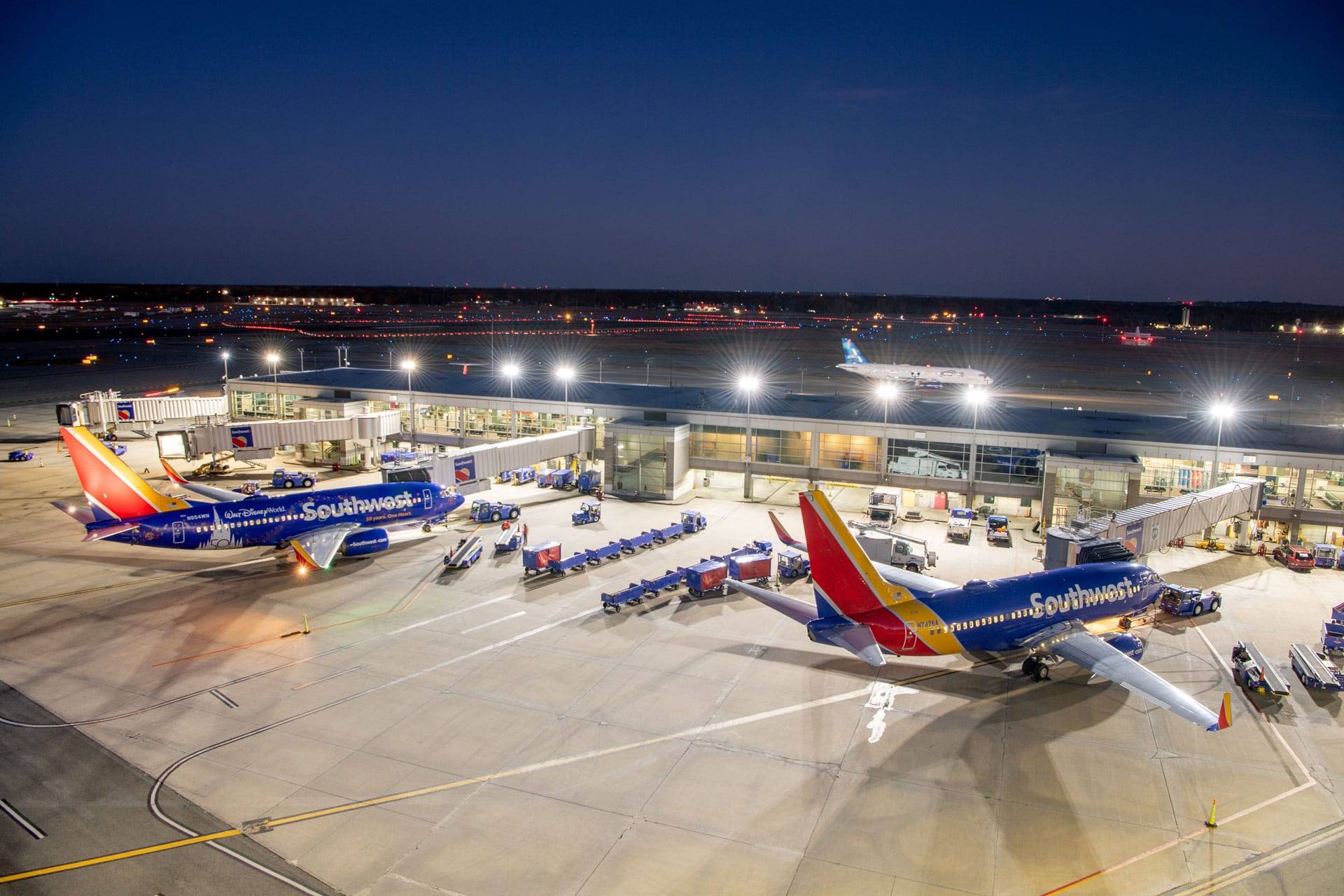New York — While you might think that buying a plane ticket is the primary way airlines make money, a lesser-known but increasingly crucial revenue stream comes from a surprising source—frequent flyer programs. These loyalty programs, which reward consumers for everyday purchases on co-branded credit cards, have become the backbone of many airlines’ financial health, generating billions of dollars each year.
Through partnerships with banks and credit card companies, airlines sell miles in bulk, turning them into a form of currency that incentivizes customers to spend more on everyday transactions. These frequent flyer programs have become so lucrative that they now represent a significant portion of airline revenues, sometimes outpacing the income from ticket sales.
For instance, Delta Air Lines earned a staggering $6.8 billion last year from its co-branded credit card partnership with American Express. Similarly, American Airlines garnered $5.2 billion, and United Airlines collected $3.2 billion in revenue from their respective loyalty programs. When you consider Delta’s total income of $4 billion and United’s $3.3 billion in 2023, the importance of frequent flyer programs becomes clear.
“Frequent flyer programs are vital to the airlines’ business,” says Zach Griff of The Points Guy. “These programs generate substantial income, especially in an industry with narrow profit margins.”
Though the sale of miles is highly profitable for airlines, they must eventually provide flights to fulfill these miles. According to Tom Fitzgerald, an airline analyst, the profit margin for fulfilling miles is still substantial at around 50%.
Scrutiny from Regulators As these programs have become central to the airline industry, they have also attracted increased scrutiny from government regulators. Recently, the U.S. Department of Transportation (DOT) announced an investigation into the fairness and transparency of frequent flyer programs. Transportation Secretary Pete Buttigieg emphasized the importance of these rewards to American consumers, noting that many people treat their rewards balances as an extension of their personal savings.
“We want to ensure that consumers are receiving the value they’ve been promised,” Buttigieg said. “These programs have a real impact on families who rely on them for travel, but they differ from traditional savings accounts because companies can unilaterally change their terms.”
Congress is also examining the issue. Lawmakers have proposed legislation that could cap the fees charged by credit card companies to merchants, which would directly impact how much credit card issuers can afford to pay for frequent flyer miles. United Airlines CEO Scott Kirby warned that if this legislation passes, it “would effectively end rewards programs.”
While airlines have largely remained tight-lipped about their loyalty programs, industry representatives argue that these programs provide significant value to consumers. Airlines for America, the industry’s trade group, issued a statement defending frequent flyer programs and emphasizing that millions of people benefit from them.
Consumers and Miles: Navigating the System From the consumer’s perspective, frequent flyer programs can offer valuable savings—provided they are used wisely. Zach Griff advises passengers to be mindful of how they redeem their miles, warning that the value of miles can vary. The average mile is worth between 1.2 and 1.3 cents, meaning a $400 ticket should cost about 33,000 miles. Passengers should be cautious of airlines overcharging miles for flights. As travel resumes post-pandemic, frequent flyer programs continue to offer an attractive option for consumers, though passengers must remain vigilant to ensure they get the best value.









